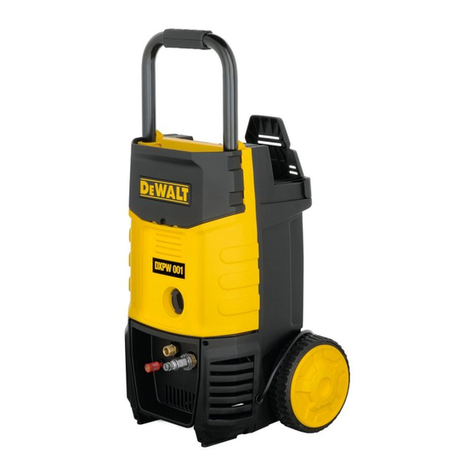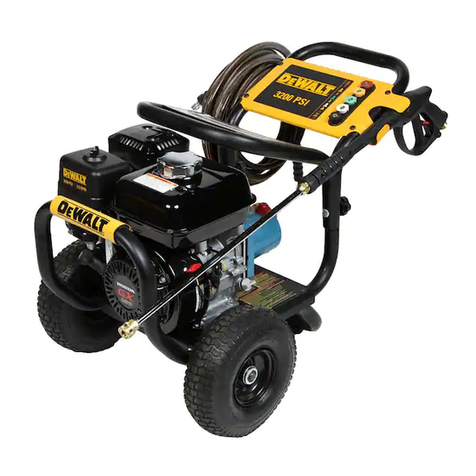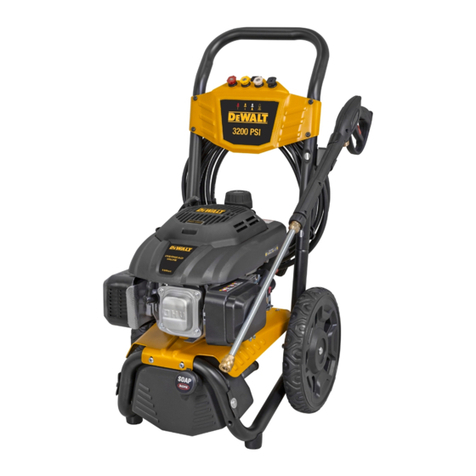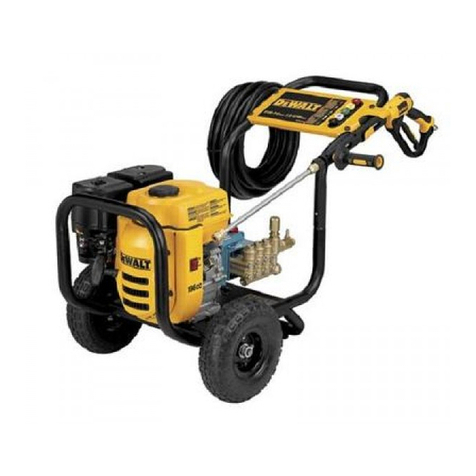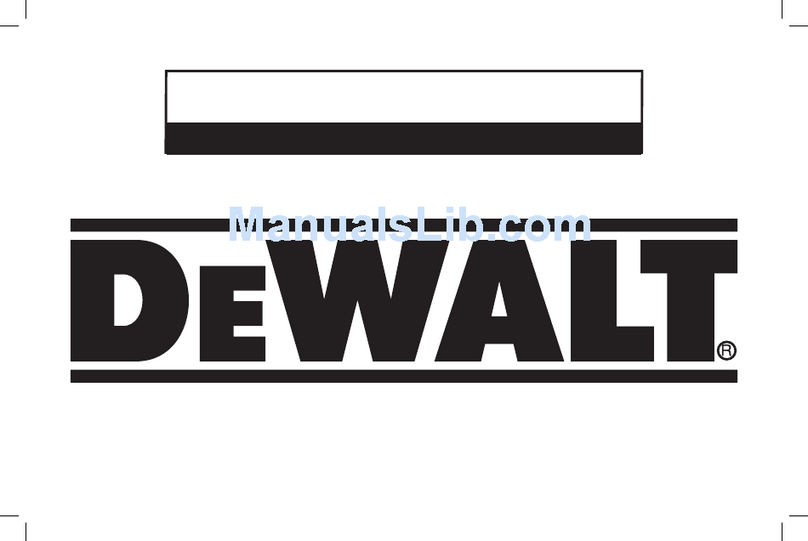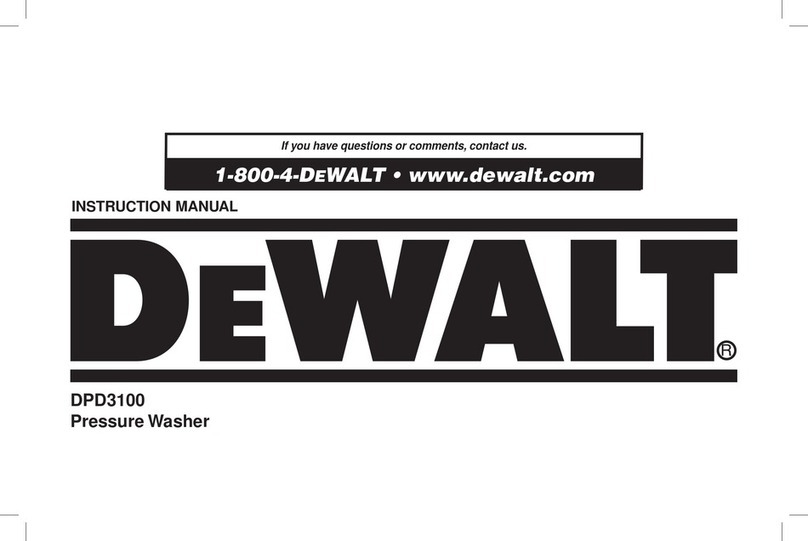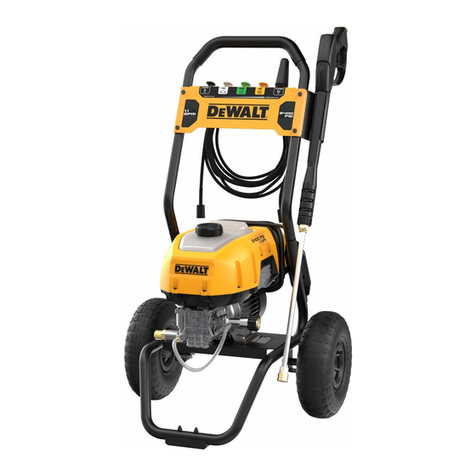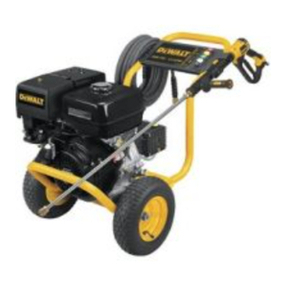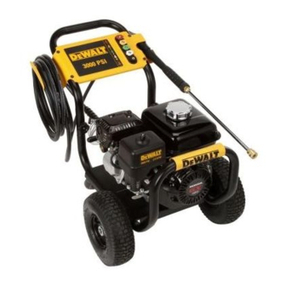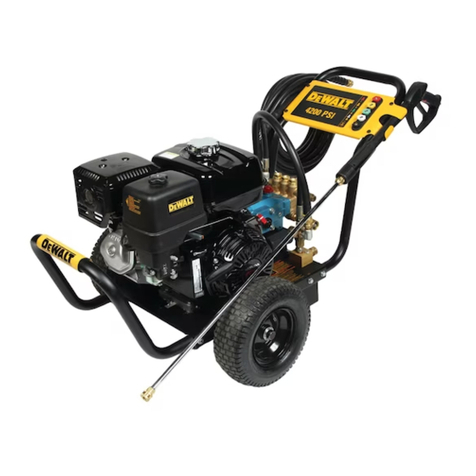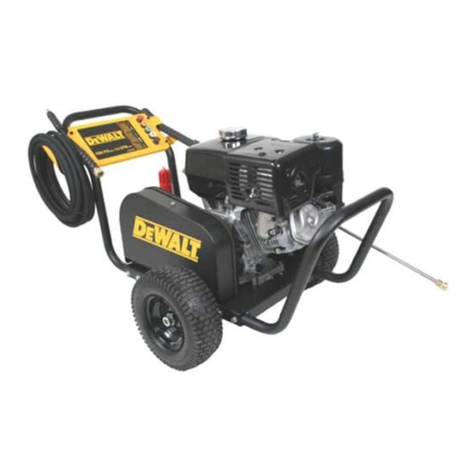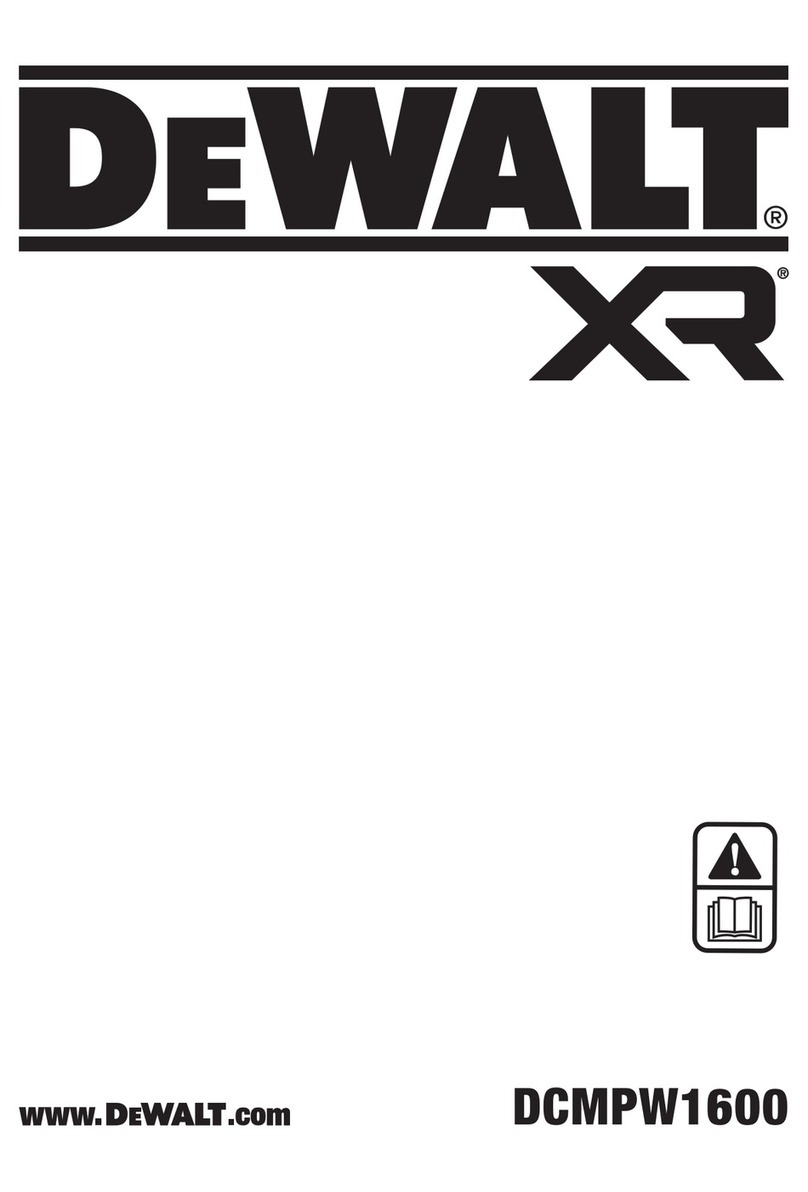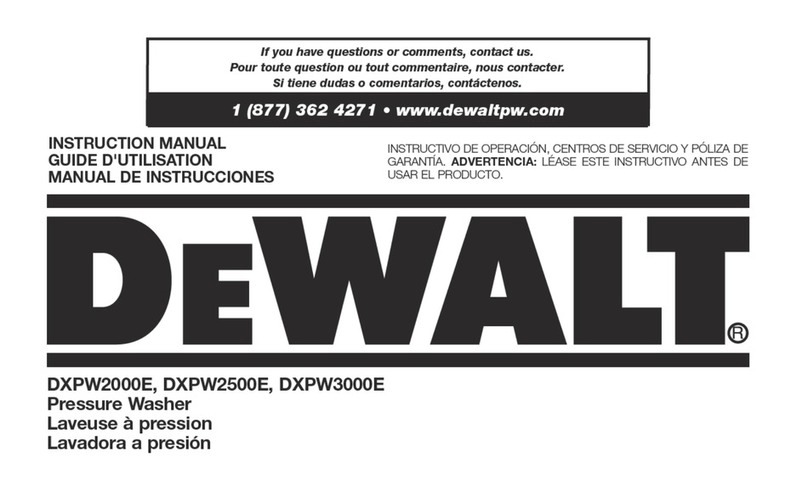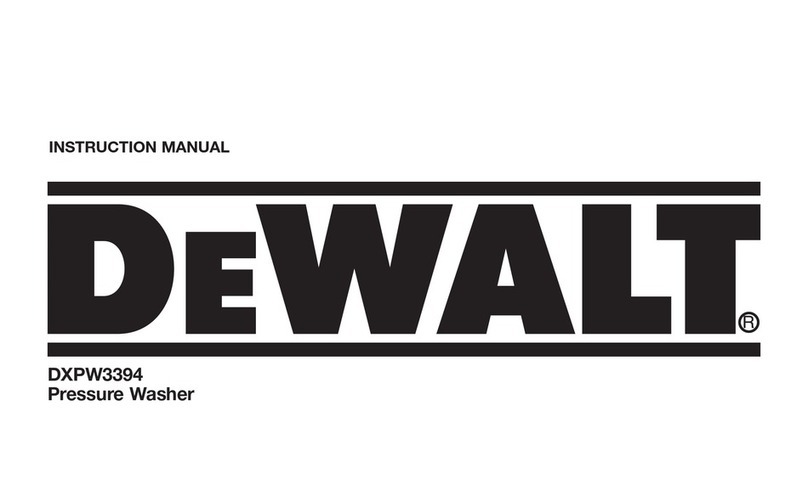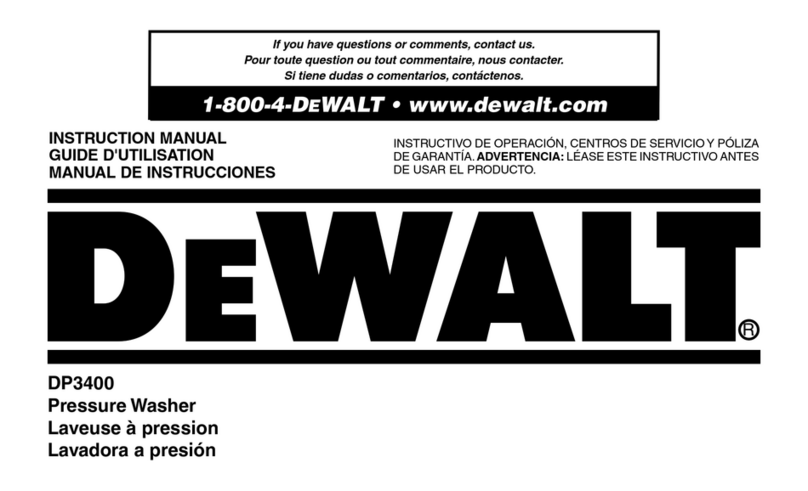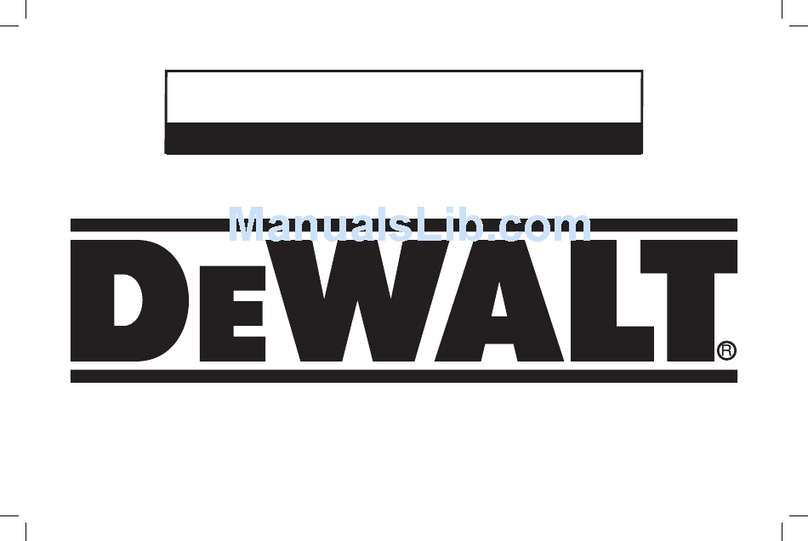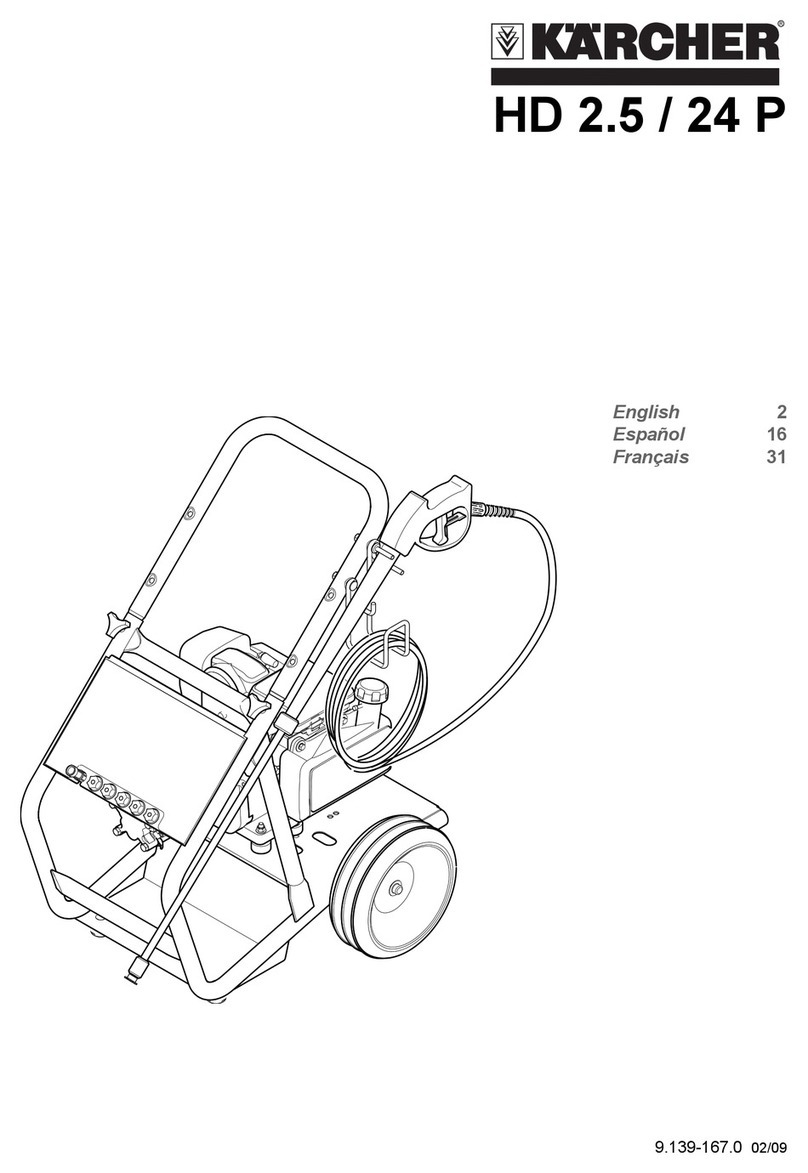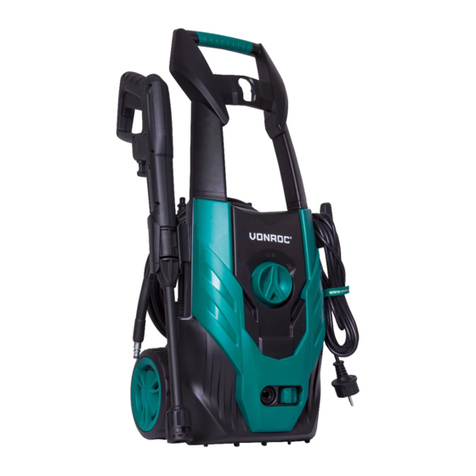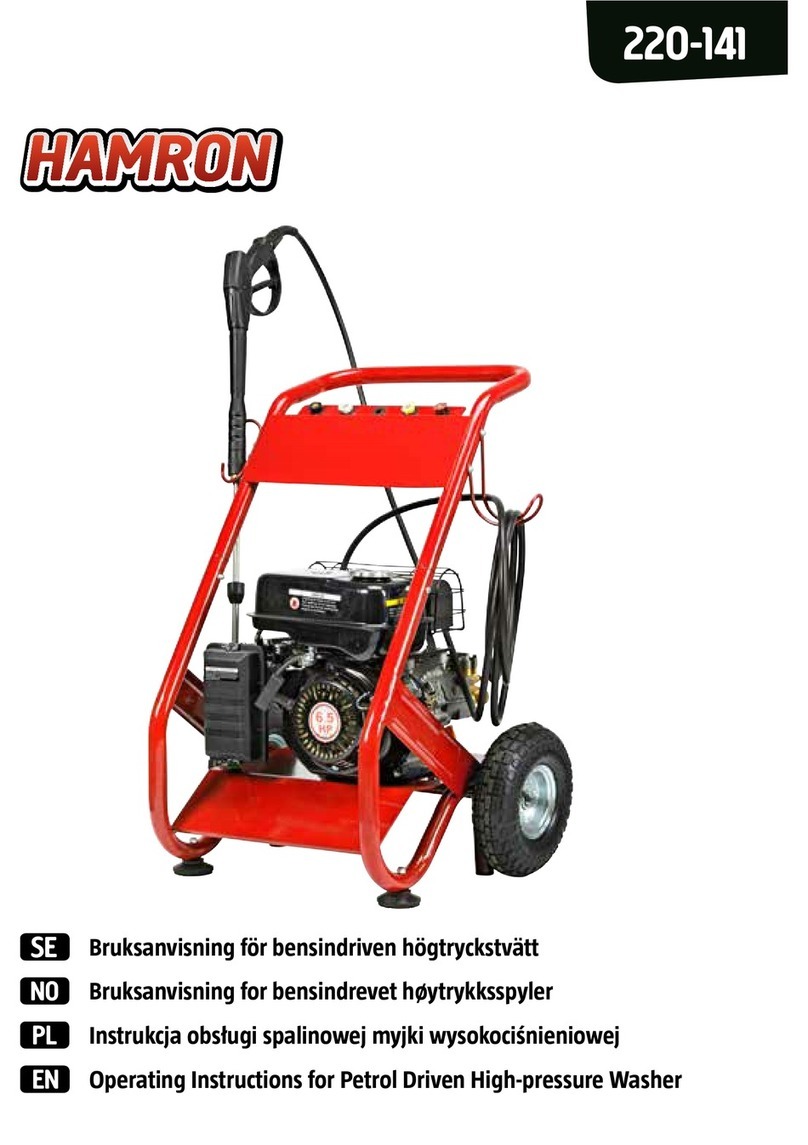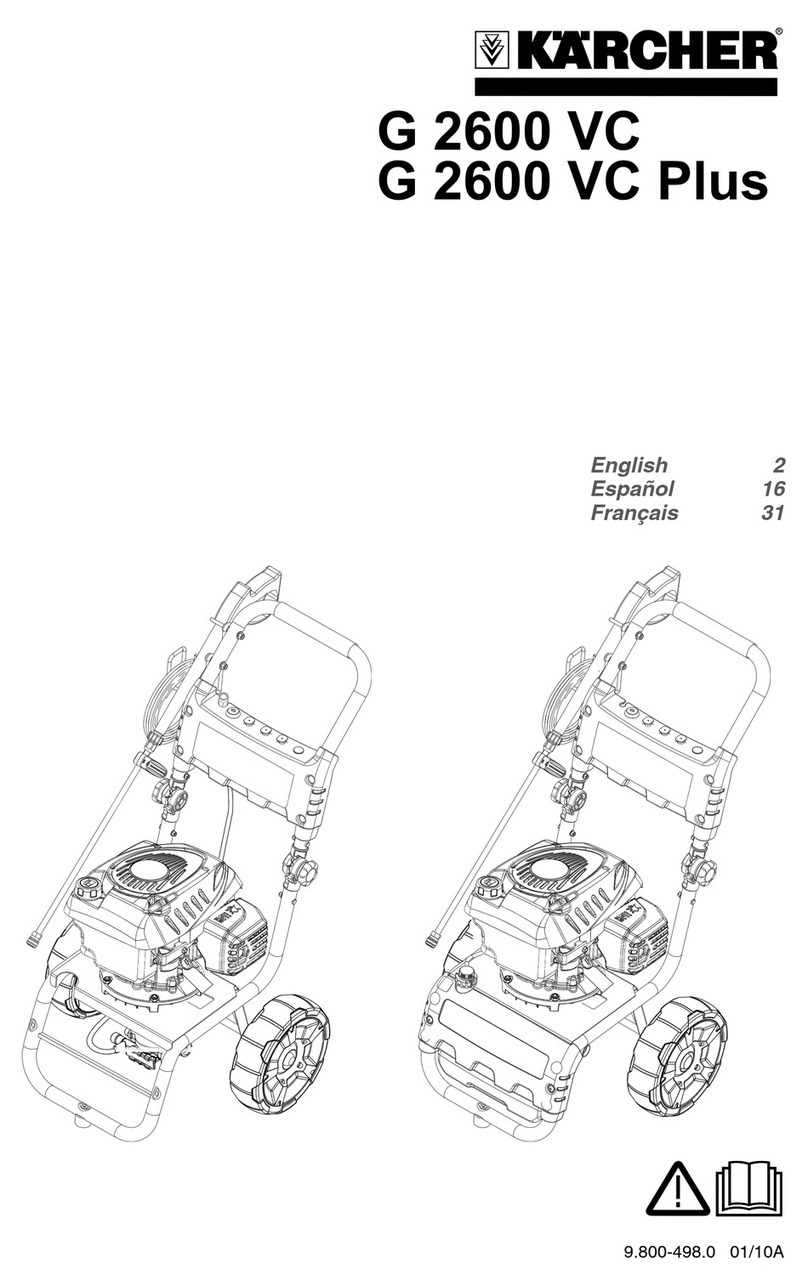• Mufflerexhaustheatcan
damage painted surfaces,
melt any material sensi-
tive to heat (such as siding,
plastic, rubber, vinyl or the
pressure hose, itself), and
damage live plants.
• Alwayskeeppressurewasher
a minimum of 4' (1.2 m) away
from surfaces (such as
houses, automobiles or
live plants) that could be
damaged from muffler
exhaust heat.
• Improperly stored fuel could
lead to accidental ignition.
Fuel improperly secured
could get into the hands of
childrenorotherunqualified
persons.
• StorefuelinanOSHA
approved container, in a
secure location away from
work area.
• Useofacids,toxicor
corrosive chemicals,
poisons, insecticides, or any
kind of flammable solvent
with this product could result
in serious injury or death.
• Donotsprayflammable
liquids.
DANGER: RISK TO BREATHING (ASPHYXIATION)
WHAT CAN HAPPEN HOW TO PREVENT IT
• Breathingexhaustfumes
will cause serious injury
or death! Engine exhaust
contains carbon monoxide,
an odorless and deadly gas.
• Operatepressurewasherin
a well-ventilated area. Avoid
enclosed areas such as
garages, basements, etc.
• Neveroperateunitina
location occupied by
humans or animals.
DANGER: RISK TO BREATHING (ASPHYXIATION) CONTINUED
• Somecleaningfluids
contain substances which
could cause injury to skin,
eyes or lungs.
• Useonlycleaningfluids
specifically recommended
for high-pressure washers.
Follow manufacturers
recommendations. Do not
use chlorine bleach or any
other corrosive compound.
DANGER: RISK OF FLUID INJECTION AND LACERATION
WHAT CAN HAPPEN HOW TO PREVENT IT
• Yourpressurewasher
operates at fluid pressures
and velocities high enough to
penetrate human and
animal flesh, which could
result in amputation or
other serious injury. Leaks
caused by loose fittings or
worn or damaged hoses can
result in injection injuries.
DO NOT TREAT FLUID
INJECTION AS
A SIMPLE CUT! See a
physician immediately!
• Inspectthehigh-pressure
hose regularly. Replace
the hose immediately if it is
damaged, worn, has melted
from contacting the engine,
or shows any signs of cracks,
bubbles, pinholes, or other
leakage. Never grasp a
high-pressure hose that
is leaking or damaged.
• Nevertouch,grasporattempt
to cover a pinhole or similar
water leak on the high-
pressure hose. The stream
of water IS under high
pressure and WILL
penetrate skin.
• Neverplacehandsinfront
of nozzle.
